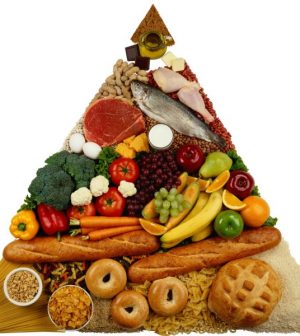- Navigating Your Midlife Crisis: Embracing New Possibilities
- City Raccoons Showing Signs of Domestication
- Mapping the Exposome: Science Broadens Focus to Environmental Disease Triggers
- One Week Less on Social Media Linked to Better Mental Health
- Your Brain Changes in Stages as You Age, Study Finds
- Some Suicide Victims Show No Typical Warning Signs, Study Finds
- ByHeart Formula Faces Lawsuits After Babies Sickened With Botulism
- Switch to Vegan Diet Could Cut Your Greenhouse Gas Emissions in Half
- Regular Bedtime Does Wonders for Blood Pressure
- Dining Alone Could Mean Worse Nutrition for Seniors
How Does Your Diet Stack Up?

Ever wonder how your diet habits — good or bad — compare to others?
Annual surveys done by the International Food Information Council Foundation detail positive changes that people are making and where improvement is still needed.
People are, in general, hungry for more food information and get it from sources as varied as dietitians and government websites, but most rely on friends and family. That could explain why nearly 80% of last year’s respondents said they were confused by information overload and, at times, contradictory advice.
People want to eat healthier, but aren’t always sure what to do. Know-how seems to come with age, as those over age 50 were far more confident in their choices and get more of their information from reliable sources compared with younger people.
Just over one-third of the respondents in the most recent survey follow a set eating pattern. Most popular is intermittent fasting. (This is usually done in one of two ways — either eating during an eight-hour span each day followed by 16 hours of fasting, or fasting on two days each week.)
Sixteen percent of people adhere to a low-carb approach, such as the Keto and Paleo diets. These diets have their fans, but also their critics who cite the unhealthy side effects of eliminating entire food groups.
Not surprisingly, as people cut down on their grain intake, they’re eating much more protein than recommended by the government’s ChooseMyPlate guidelines — 38% versus 25% — and, good news, more veggies.
Another interesting finding: Few people use mindful eating, a proven technique to get more in tune with consumption and avoid unwanted, or mindless, eating. That could help the many people who say they keep eating even after they feel full.
More information
Read more about the International Food Information Council Foundation food and health surveys on its website.
Source: HealthDay
Copyright © 2025 HealthDay. All rights reserved.










